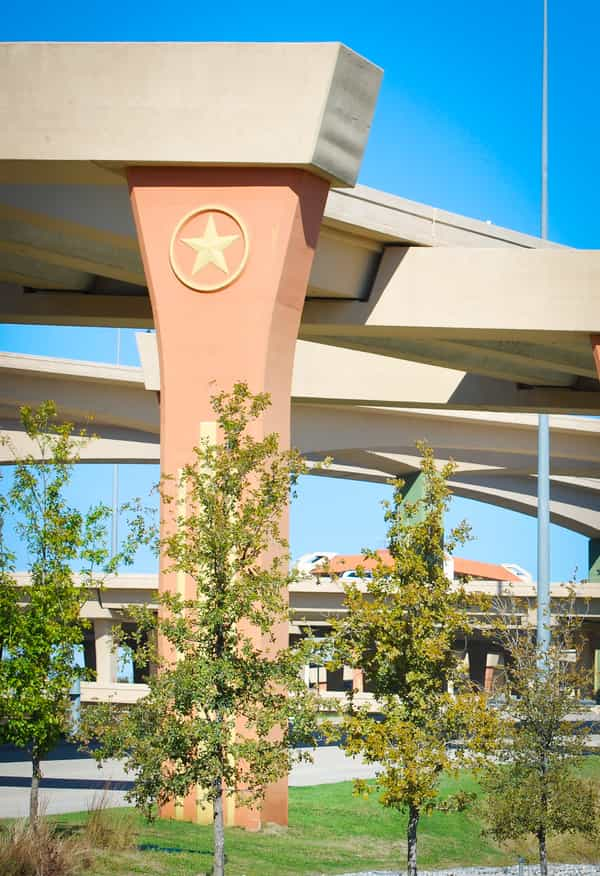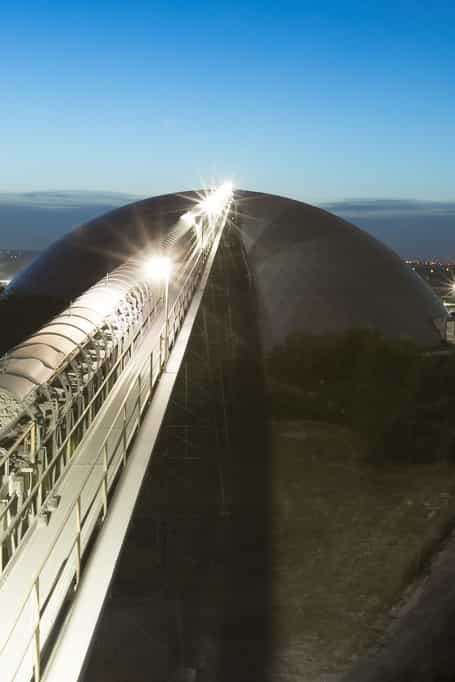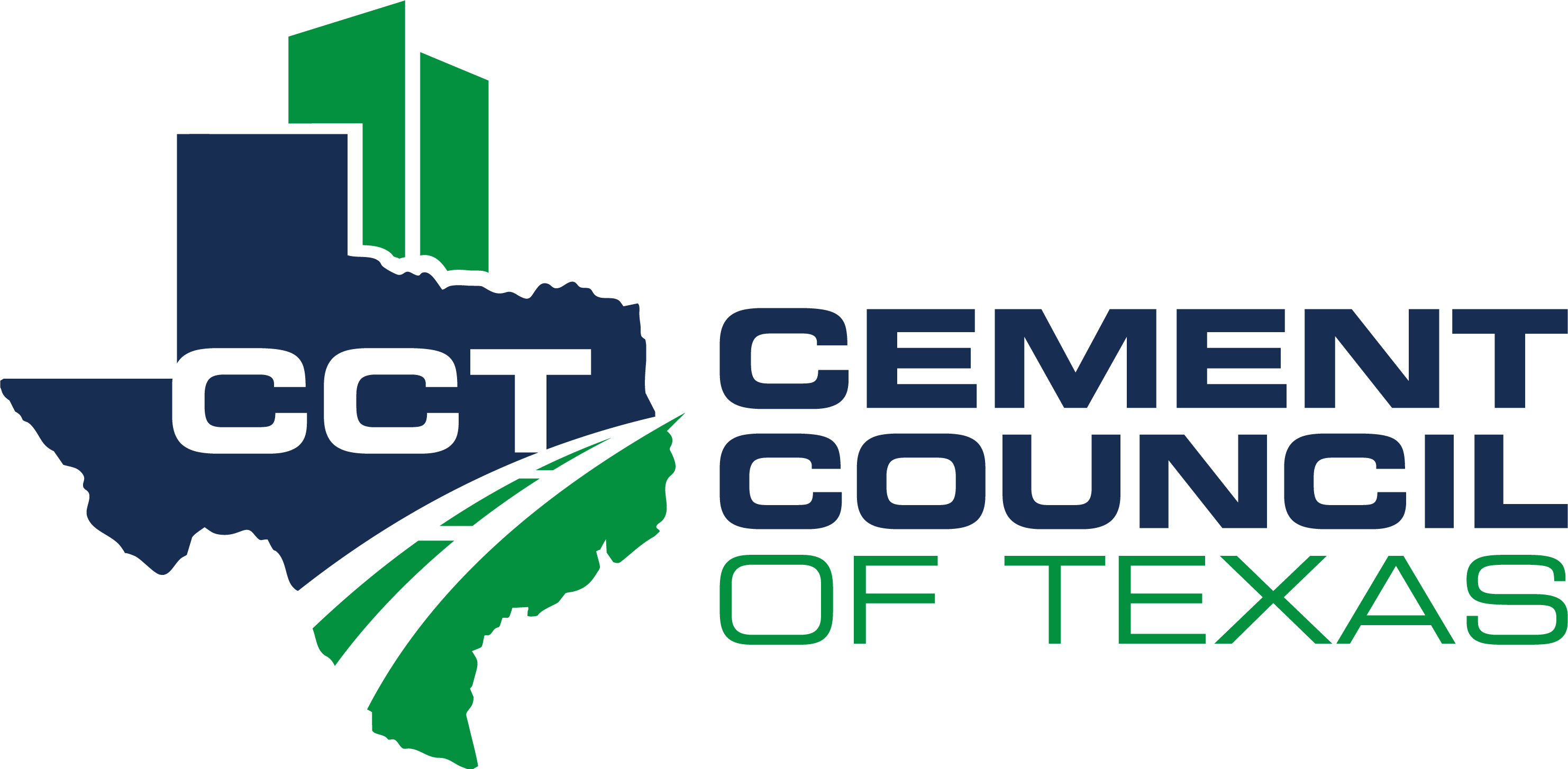Cement Council of Texas - Sustainability
How we build and the materials we choose affect the quality of life in our communities. Choose energy efficiency, durability, and reduced carbon footprint with cement and concrete products.
Sustainable Building with Cement-Based Products
Sustainable development is essential for the long-term well-being of our communities and the planet. Choosing to build sustainably means you are able to offer protection to the environment and economic longevity.
Building with Strength is Building a Stronger Community
Resiliency
Concrete pavements and structures last much longer than other construction materials, which reduces the need for frequent repairs and replacement. This strength and durability allow communities and users the freedom to travel safely on roads and create long-lasting structures for weather and fire resistance.
Economics
Using life-cycle cost analysis shows you the long-term economic benefit to your community because of the efficiency of resources used, resulting in cost savings for both public and private sector organizations.
Safety
Building with concrete means strength and durability with fire resistance and safe shelter from severe weather. Concrete pavements are a more durable option when it comes to heavy vehicle traffic and provide better visibility during nighttime. Additionally, they can reduce vehicle stopping distances in harsh weather conditions and require fewer maintenance work zones throughout their lifespan.
Sustainability
Sustainable building can help to reduce greenhouse gas emissions and other environmental impacts. It can also help to improve the efficiency of resource use, resulting in cost savings. What's more, sustainable infrastructure can help to create jobs and support economic development. Focus on sustainable building and you will help improve the quality of life for your community.


Cement Manufacturing
The cement industry in America has a strong culture of innovation that has resulted in increased energy efficiency and sustainable manufacturing practices, leading to a reduction in environmental impact. In the last four decades, U.S. cement manufacturers have cut down the energy used to produce one metric ton of cement by approximately 40%.
Improvements driven by companies have resulted in better equipment reliability, energy efficiency, and increased use of alternative fuels. Alternative fuels like industrial byproducts, which would have otherwise ended up in landfills, now account for over 15% of total cement plant energy consumption in the U.S. Cement producers' remarkable efforts in these areas have been consistently acknowledged by the U.S. Environmental Protection Agency's (EPA) Energy Star program.
Furthermore, American cement manufacturers are continuously searching for innovative and efficient ways to produce high-quality cement required for homes, highways, hospitals, and safe drinking water. Portland-limestone cement (PLC), a blended cement that includes between 5% and 15% limestone as an ingredient, is relatively new to the U.S. but has been used worldwide for decades in all aspects of concrete construction. It reduces the environmental footprint by about 10%.
